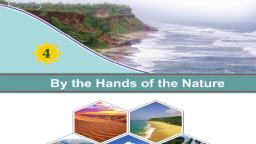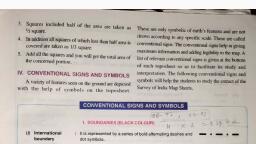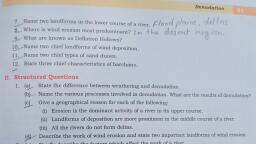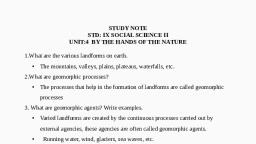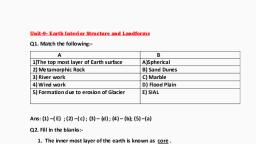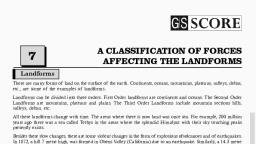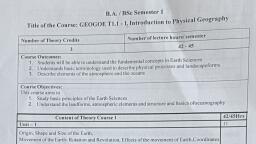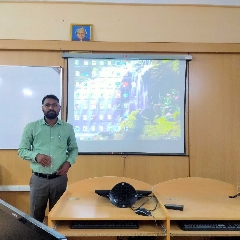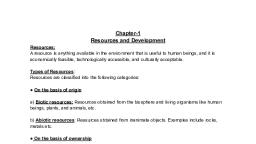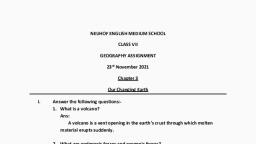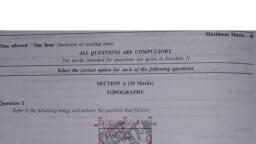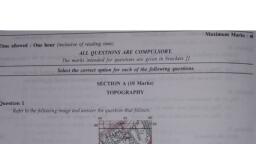Page 1 :
Denudation, Meaning:, Denudation is the process of breaking and removing the rocks from the, surface of the earth. It is wearing away of landmass by various processes, like weathering, erosion, transportation and deposition., Processes involved in denudation:, Weathering: it refers to the disintegration of rocks by atmospheric, agents like temperature, moisture and precipitation., Erosion: it refers to the displacement of rocks by agents like wind,, water and ice., • Transportation: it refers to the movement of material loosened by, erosion and transported to the other place by the action of wind and, water., Deposition: it refers to the laying down of material that has been, weathered, eroded and transported by natural processes such as, water, wind and ice., Agents of denudation:, The four active agents of denudation are water, wind, waves and glacial ice., Work of a river:, Rivers are the greatest agents of erosion, transportation and deposition., Factors affecting work of a river are:, Velocity of water, • Volume of water, • Load, A river is divided into three main sections:, Upper course (Young Stage), • Middle course (Maturity Stage), Lower course (Old Stage), Upper Course:, At this stage the river flows swiftly. The upper course of a river generally, lies in a hilly area and the river flows over a steep slope. Many landforms, are shaped by this activity of the river are the following:, • V- Shaped valleys, • Gorge, Canyon, W Edit with WPS Office
Page 2 :
• Waterfall, Rapids, Middle Course:, At this stage the river flows more slowly and it leaves the mountains area, and enters the plains. The two important characteristics of the middle, course are:, • The bends in the river course, • The water volume of water in the river increases due to many, tributaries joining it., Many landforms are shaped by this activity of the river are the following:, Meander, Ox-bow Lake, • Flood plains, Lower course:, The river flows sluggishly and makes many landforms. In the lower course, of the river all the ideal conditions for depositional landforms exist. They, are;, Delta, Estuary, Work of wind:, Wind picks up loose debris like sand and pebbles and transport s as well as, deposits them in another location. Wind erosion is operative in the, following ways:, Deflation Hollows: It involves the lifting as well as the blowing away, of loose materials from the ground., • Mushroom rocks: When wind strike against the surface of projecting, rocks, eroded layers are leading to isolated boulders of hard rock, standing above the level of their surroundings., • Sand dunes: dunes are called hills of sand. Their shape, size depend, upon factors such as:, The direction and force of wind, The speed of wind, The nature and amount of sand brought by the wind, The nature of vegetation on the land, The following two types of dunes are seen in tropical deserts:, Barchans: They are formed by an accumulation of stand at an, obstacle such as a heap of rocks. They are live dunes which, WEdit withWPS Office
Page 3 :
advance steadily before winds that blow from a particular, direction., > Longitudinal Dunes: These are long and narrow sand ridges, which grow parallel to the direction of the prevailing wind. They, are found in the interior parts of deserts., *****************, WEdit withWPS Office


